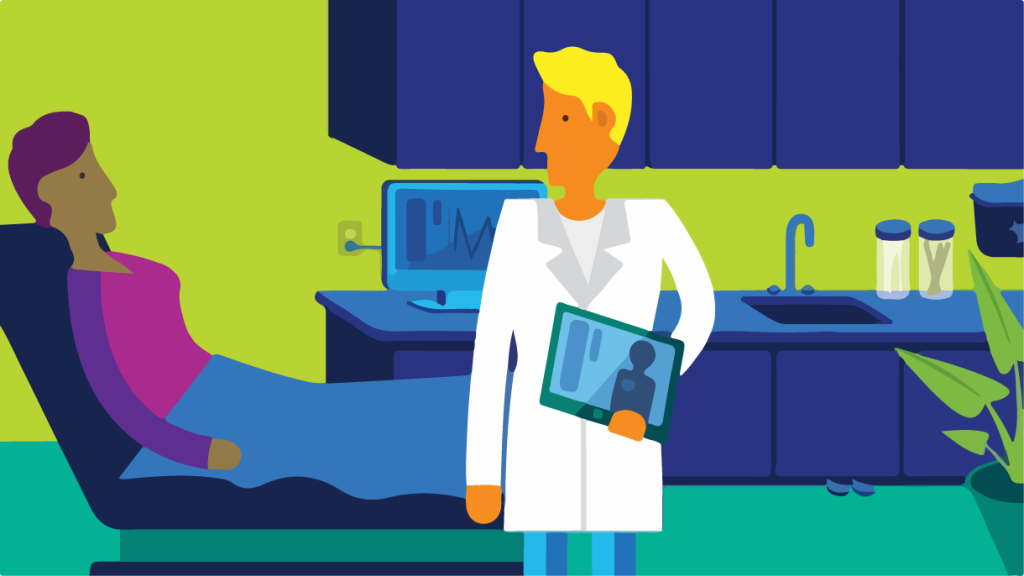The software solution from MAIA.tools for electronic patient education has been developed specifically for the clinical setting and for use in hospitals, medical centers, specialized clinics, and larger healthcare facilities. The key requirements for the MAIA platform products include the following:
- Patient-centered communication and high-quality media
- Automation and efficiency through optimized processes and integration with hospital information systems (HIS)
- Legal compliance through established as well as specialized forensic procedures
For certain medical examinations and therapies that happen frequently in hospitals, clinics, or specialized outpatient centers, MAIA offers ready-to-use, high-quality education packages. These packages combine digital medical history forms with educational media, making them a great entry point for any hospital department or outpatient clinic. Based on this initial setup and the experiences from the departments, additional treatment pathways can be quickly integrated, helping to avoid isolated solutions in hospitals and clinics.
Specific content for the clinical setting
For the content we develop specifically for hospitals, we rely on collaboration with experienced healthcare professionals. We consistently focus on clinical needs and the unique requirements that outpatient clinics and departments have for patient education.
Tailored processes for hospitals and clinics
As part of an audit, we assess the specific needs of the hospital department and address the requirements set by IT, the legal department, and the hospital association or group. However, the primary references are the users—the healthcare professionals, medical staff, and patients.
The following elements of digital patient education can lead to an improvement in patient education within hospital departments, in addition to enhancing educational media:
- Decentralized data collection (completion of an educational and medical history platform outside the hospital, preferably on the patient's own device)
- Automatic, fully digital workflows (paperless processes) including distribution, documentation, and signatures
- Optimization along specific treatment pathways
- Seamless and automated integration of Patient surveys, such as for quality assurance, Patient-Reported Outcome Measures (PROM), Patient-Reported Experience Measures (PREM), and clinical trials
Streamlined treatment pathways: reducing paperwork and managing costs
- an anesthesia education
- a surgical education
- a follow-up module
- ePRO questionnaires
Security and legal compliance: established and innovative procedures
- GDPR compliance
- 'Security bubble': The educational platform can be fully integrated within the hospital's IT infrastructure, ensuring that no patient data needs to be stored externally
- eIDAS-compliant electronic signatures elektronische Unterschriften bzw. Signaturen

